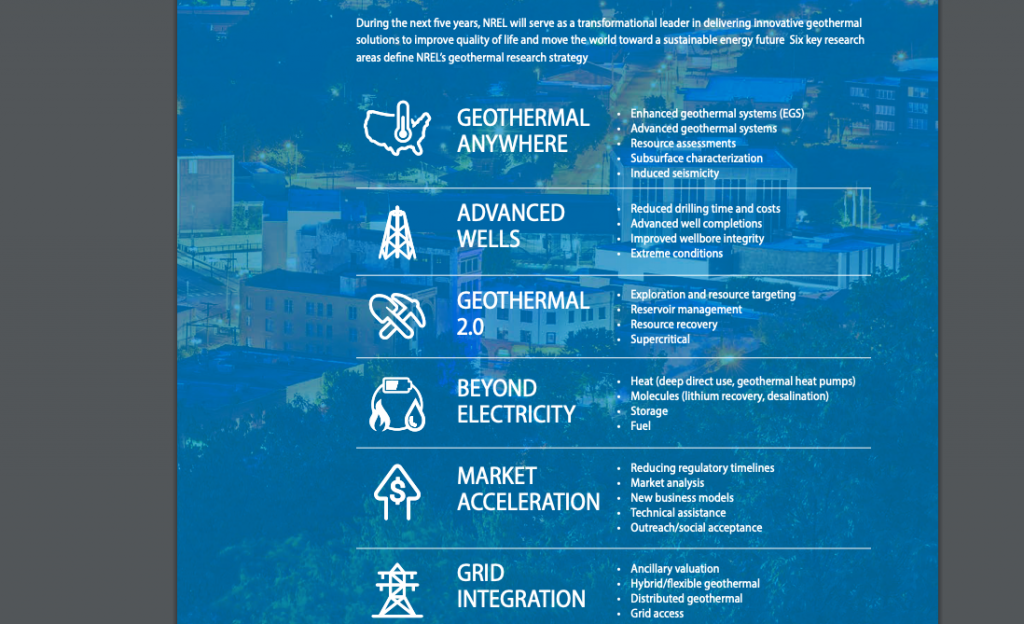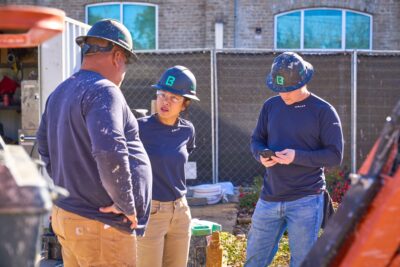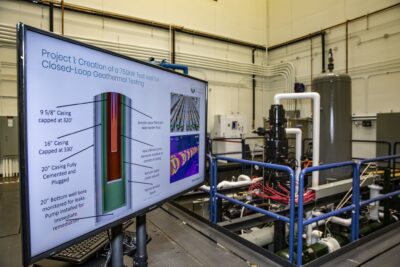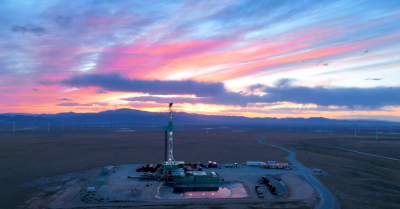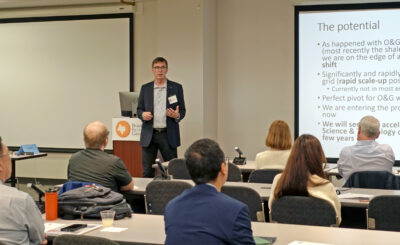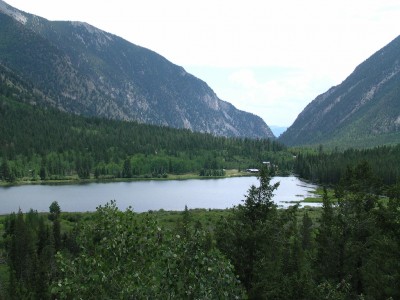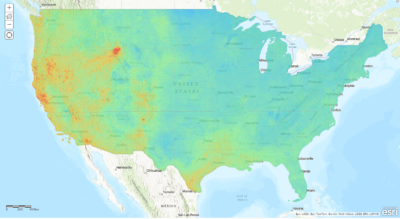Geothermal research and emphasis by NREL – Advancing Geothermal Research Accomplishments Report
The U.S. National Renewable Energy Laboratory (NREL) has shared a wealth of information on its current and key research focus areas for the years to come in its 2019 geothermal research accomplishments report. Rather interesting read on groundbreaking research highlighting that things are indeed happening in the U.S.
Research and development (R&D) at the National Renewable Energy Laboratory (NREL) supports the U S Department of Energy (DOE) Geothermal Technologies Office (GTO) to advance geothermal energy options today and strategically plan for tomorrow. In its Annual Report for 2019, NREL provides not only an overview on its activities for the past year, but also highlights its six key research areas for the next five years.
- Geothermal Anywhere: EGS, advanced geothermal systems, resource assessments, subsurface characterization, and induced seismicity
- Advanced Wells: reduced drilling time and costs, advanced well completions, improved well-bore integrity, and extreme conditions
- Geothermal 2.0: exploration and resource targeting, reservoir management, resource recovery, supercritical
- Beyond Electricity: heat (deep direct use, geothermal heat pumps), molecules (lithium recovery, desalination), storage, and fuel
- Market Acceleration: reducing regulatory timelines, market analysis, new business models, technical assistance, outreach/ social acceptance
- Grid Integration: ancillary valuation, hybrid/ flexible geothermal, distributed geothermal, grid access
Here some key elements of its report for 2019:
Industry leadership
In FY19, NREL expanded its collaboration with public and private partners, demonstrated industry leadership, grew its talent base, invested in key technologies research, and increased public outreach.
In FY19, NREL continued to play a pivotal leadership role in advancing GTO-specifc initiatives including the GeoVision analysis, EGS Collab, play fairway analysis, efficient drilling, and machine learning as well as DOE initiatives including Beyond Batteries, cybersecurity, and integrated enhanced geothermal systems R&D Laboratory Program Manager Kate Young testified before the Senate Energy and Natural Resources Committee about geothermal research needs, and NREL staff are among the U S team chairing the international non-proft Women in Geothermal NREL also partnered with GTO, Sandia National Laboratories, and Colorado School of Mines to lead a drilling efficiency workshop at the Geothermal Resources Council Annual Meeting.
Top talent and cross-cutting laboratory capabilities
NREL attracts and recruits top talent from around the world to deliver impactful results The laboratory added seven geothermal staf, confrmed a new joint appointment with Colorado School of Mines, and leveraged laboratory capabilities including strategic analysis, scientific computing, material sciences, thermal sciences, and electronics engineering.
Research and strategic partnerships
NREL research partners included national laboratories, universities, and small and large companies at the vanguard of the industry NREL further leveraged GTO funding with strategic partners including DOE’s Advanced Research Projects Agency-Energy, U S Bureau of Land Management (BLM), University of Utah, and private industry partners.
Laboratory investment in geothermal technologies research
NREL made critical investments to expand promising geothermal research areas including lithium recovery from geothermal brines, geothermal integration at the NREL Flatirons Campus, and development of wide-band gap oxide materials for high-temperature electronics.
Expanded outreach through publications and engagements
NREL researchers published 37 technical reports, conference papers, journal articles, presentations, posters and fact sheets, and expanded its reach via the website www.nrel.gov/geothermal, industry conferences, and social media campaigns.
The report contains a fantastic repository of different technical approaches to pushing geothermal development and understanding, such as data management for EGS, the FORGE project, sensing electronics, machine learning, international partnerships, energy storage, teaming geothermal with CSP, geothermal heat in turbines, low-temperature geothermal desalination, quantifying geothermal technologies’ performance and costs, broader benefits of geothermal, etc.
To read the full report, click here (pdf).
Source: NREL
